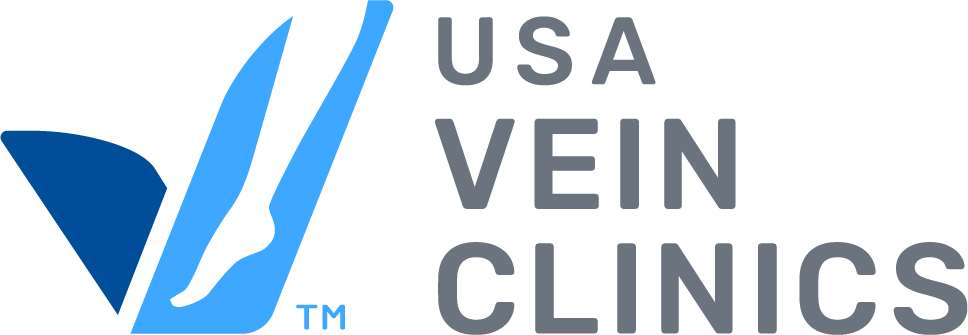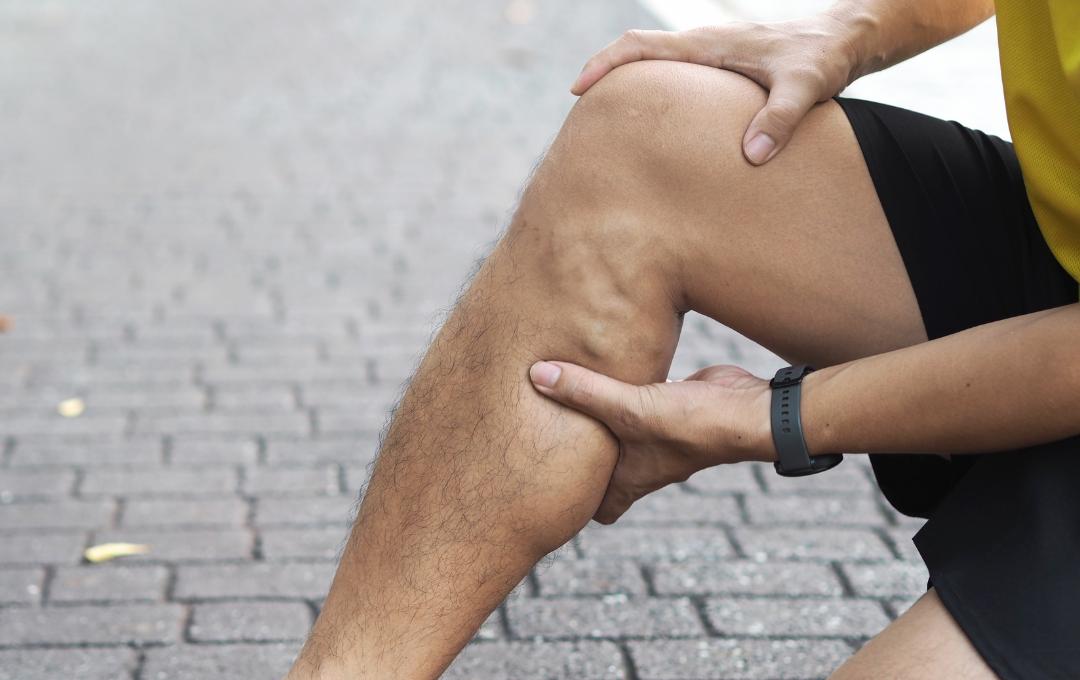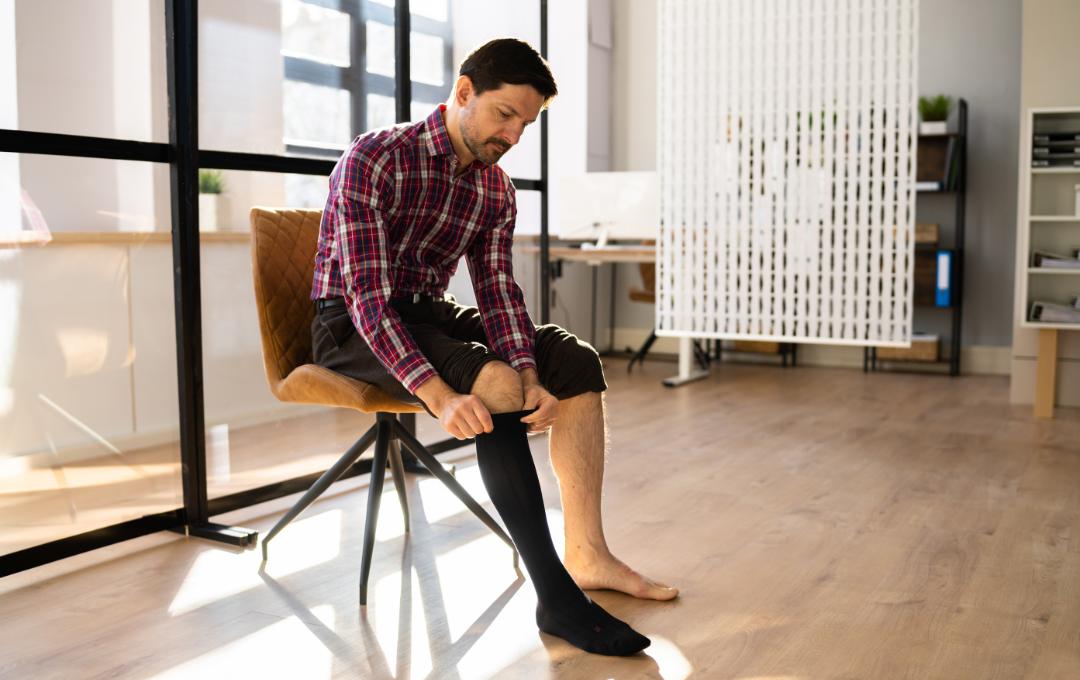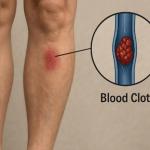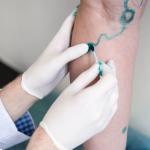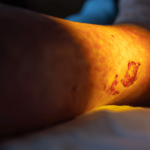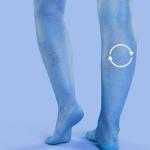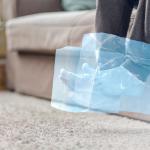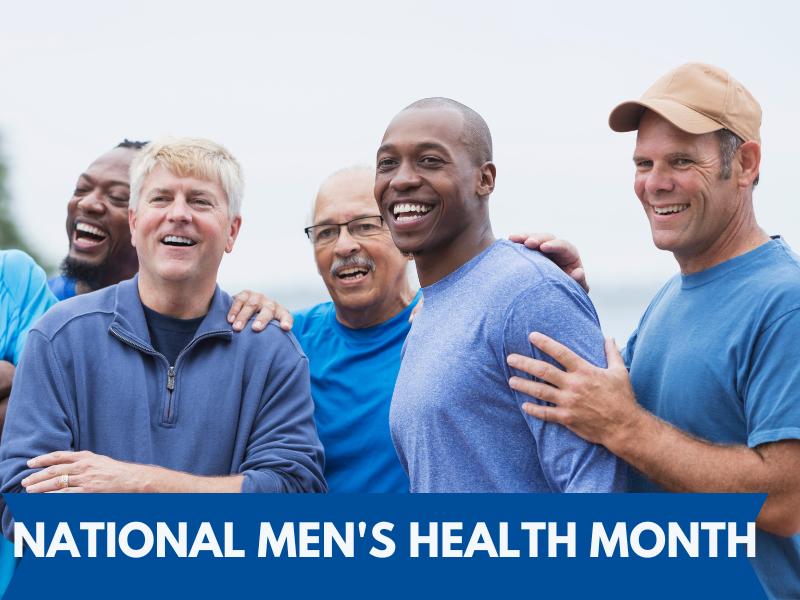
June is Men’s Health Month, which strives to raise awareness of preventable health conditions and encourage early detection and treatment of diseases among men, including vein disease. While vein disease commonly affects women, men are also at risk of developing symptoms such as leg pain, swelling, and the appearance of varicose and spider veins.
“I’ve had untreated varicose veins in my right leg since I was in my early 20s, probably teens,” said Andigo R. of Seattle, Washington, who was a patient at USA Vein Clinics. “It only got worse as I got older.”
Andigo was surprised like many men that vein disease gets progressively worse and often leads to complications, such as venous ulcers, that can significantly impact a person’s well-being.
As the largest network of vein treatment clinics in the United States, the team of physicians at USA Vein Clinics supports Men’s Health Month by providing practical tips men can use to improve their vein health this month and year-round.
How Many Men Are Affected by Vein Disease?
Approximately 11 million men between the ages of 40 and 80 in the United States are affected by varicose veins. While varicose veins are often associated with women, they are a surprisingly common issue for men as well, according to the American Heart Association Journals. However, men with varicose veins are more likely to avoid seeking medical help than women. Because Andigo R. waited so long to get his varicose veins treated, his condition became severe by the time he sought help at USA Vein Clinics.
“Vein disease doesn’t go away on its own,” says Yan Katsnelson, M.D., CEO and Founder of USA Vein Clinics. “Fortunately, there are many non-surgical options out there that use advanced technology to treat even severe cases of vein disease.”
How Varicose Veins Happen in Men
Varicose veins occur when one-way valves in the veins, which are responsible for bringing blood back to the heart, stop working properly. When vein valves are damaged, blood can remain stagnant in the legs, creating extra pressure in the veins. This causes the veins to swell, twist, and bulge from underneath the skin.
There are many factors that increase the risk of varicose veins in men and women. Some risk factors include:
- Genetics: Your risk of vein disease increases if one or both of your parents have varicose veins.
- Age: Veins weaken over time as we get older.
- Smoking status: Smoking damages blood vessels, which reduces blood flow.
- Prolonged sitting or standing: Restricts blood circulation in the legs.
- Obesity: Extra body weight puts more pressure on your veins, impacting blood flow.
Symptoms of Varicose Veins in Men
Some common symptoms of varicose veins in men (similar to women) include:
- Leg pain
- Leg swelling
- Leg discomfort, such as aching, itching, or burning sensations
- Leg restlessness, especially at night
- Leg fatigue
Leg fatigue is usually the first symptom of vein disease and is often overlooked. As vein disease progresses, men may also develop:
- Skin changes, such as discoloration and thickening
- Slow- or non-healing wounds, indicating venous ulcers
These symptoms indicate a more advanced stage of vein disease. For some patients, vein disease can increase the risk of a dangerous blood clot known as deep vein thrombosis (DVT).
One way to avoid complications from varicose veins and vein disease is through early detection and treatment. Recognizing symptoms as they appear and seeking help from a vein specialist can lead to better health outcomes.
How to Maintain Healthy Circulation During Men’s Health Awareness Month
Men can temporarily alleviate symptoms of varicose veins or prevent new varicose veins from forming by focusing on improving blood circulation and reducing pressure on leg veins. This includes:
- Moving regularly throughout the day
- Elevate the legs after a long day on your feet
- Exercise regularly
- Wear compression socks to stimulate blood flow
- Eat a balanced diet
While these tips can help, they are not a cure-all. Leg discomfort and visible veins should be evaluated by a vein specialist, so that a comprehensive vascular plan including lifestyle changes and treatment can be recommended.
Treatment is Available for Men with Varicose Veins
Vein disease is treatable, and there are many non-surgical options that reduce pain, swelling, and visible veins. USA Vein Clinics offers FDA-approved, minimally invasive vein treatments for men that seal varicose veins shut, allowing blood to reroute in healthier veins. Our vein specialists use evidence-based data to create a treatment plan that will work best in reducing symptoms based on each patient’s condition.
Andigo R. needed multiple treatments for his varicose veins after his consultation at USA Vein Clinics.
“After several procedures and post procedure visits, the varicose veins are finally gone,” said Andigo, with a sigh of relief. “All I can say is, I’m very satisfied with the results of this treatment.”
Get the help you need for your varicose veins with USA Vein Clinics. Schedule a consultation to find out more about our treatments, or give us a call at 888.768.3467 to visit one of our clinics.
